
Yeongdeungpo District is an administrative district in southwest Seoul, South Korea. Although the origin of the name is uncertain, the first two syllables are thought to be from "yeongdeung" (靈登) or "divine ascent", a shamanic rite. The third syllable is "po", representing the bank of a river (浦), referring to the district's position on the Han River. The 2006 population was 408,819.

Seongdong District (Seongdong-gu) is one of the 25 gu which make up the city of Seoul, South Korea. It is situated on the north bank of the Han River. It is divided into 20 dong (neighbourhoods).

Dongjak District (Korean: 동작구) is one of the 25 gu (districts) that make up the city of Seoul, South Korea. Its name was derived from the Dongjaegi Naruteo Ferry, on the Han River which borders the district to the north. It was the 17th gu created in Seoul, after being separated from Gwanak District on 1 April 1980.
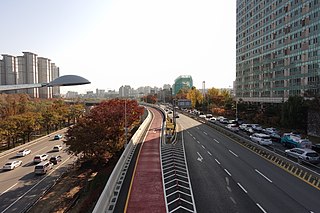
Yeoui-dong (Korean: 여의동) is a dong (neighborhood) of Yeongdeungpo-gu in Seoul, South Korea.
Singil-dong is a dong, neighbourhood of Yeongdeungpo-gu in Seoul, South Korea.
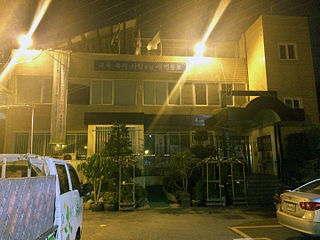
Daerim-dong is a dong (neighborhood) of Yeongdeungpo District, Seoul, South Korea.
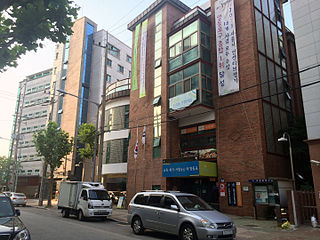
Dorim-dong is a dong (neighborhood) of Yeongdeungpo District, Seoul, South Korea.
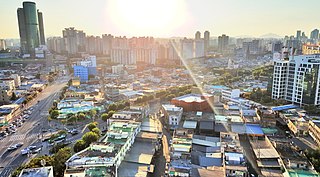
Mullae-dong (Korean: 문래동) is a dong (neighborhood) of Yeongdeungpo-gu in Seoul, South Korea. The name "Mullae" comes from the neighborhood's old name, "Moraet-mal (모랫말)," which means "Sandy Village" in Korean.
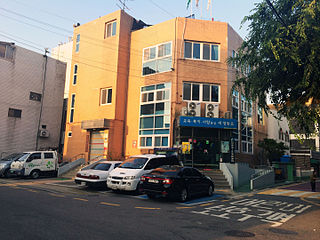
Yangpyeong-dong is a dong, neighborhood of Yeongdeungpo-gu in Seoul, South Korea.
Yanghwa-dong is a dong, neighbourhood of Yeongdeungpo-gu in Seoul, South Korea. It is a legal dong managed by its administrative dong, Yangpyeong 2-dong
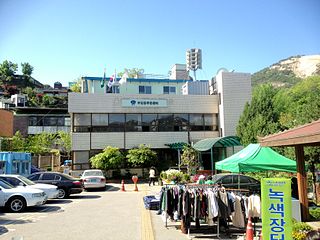
Buam-dong is a dong (neighborhood) of Jongno District, Seoul, South Korea.

Ihwa-dong is a dong (neighborhood) of Jongno District, Seoul, South Korea.

Hyehwa-dong is a dong (neighborhood) of Jongno District, Seoul, South Korea. It is adjacent to the Seoul National University Hospital.

Changsin-dong is a dong (neighborhood) of Jongno District, Seoul, South Korea.
Dangju-dong is a dong (neighborhood) of Jongno District, Seoul, South Korea. It is a legal dong administered under its administrative dong, Sajik-dong.
Doryeom-dong is a dong (neighborhood) of Jongno District, Seoul, South Korea. It is a legal dong administered under its administrative dong, Sajik-dong. The name is originated from a governmental office named Doryeomseo in the region during the early period of Joseon dynasty.
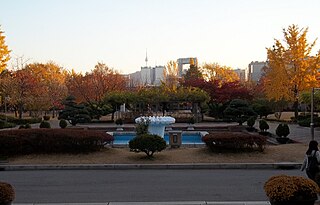
Hwa-dong is a dong (neighborhood) of Jongno District, Seoul, South Korea. It is a legal dong administered under its administrative dong, Samcheong-dong.
Dongsung-dong is a dong (neighborhood) of Jongno District, Seoul, South Korea. It is a legal dong administered under its administrative dong, Ihwa-dong.

Gongneung-dong is a dong (neighborhood) of Nowon District, Seoul, South Korea.
Haengdang-dong is a dong (neighborhood) of Seongdong District, Seoul, South Korea.















